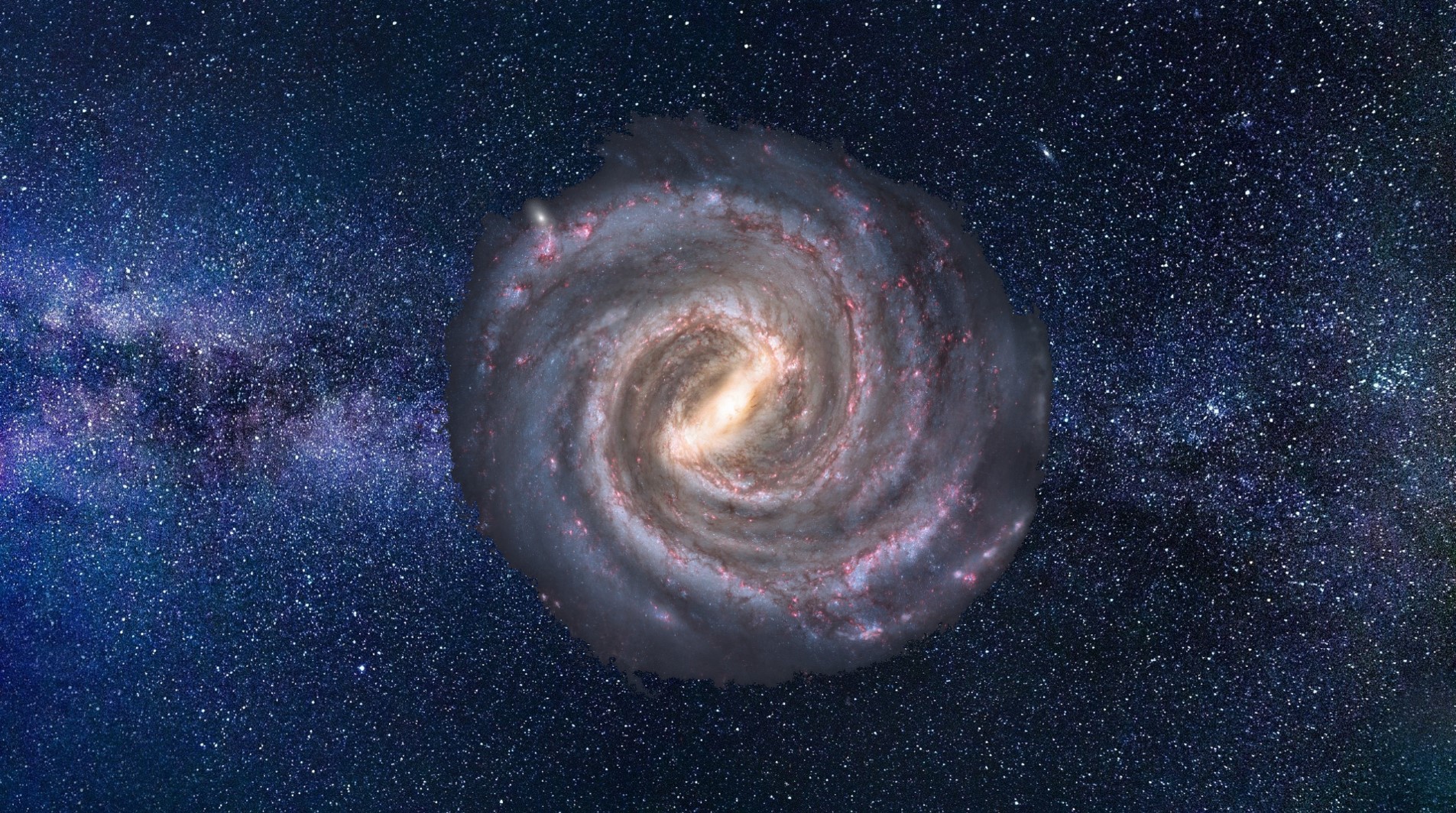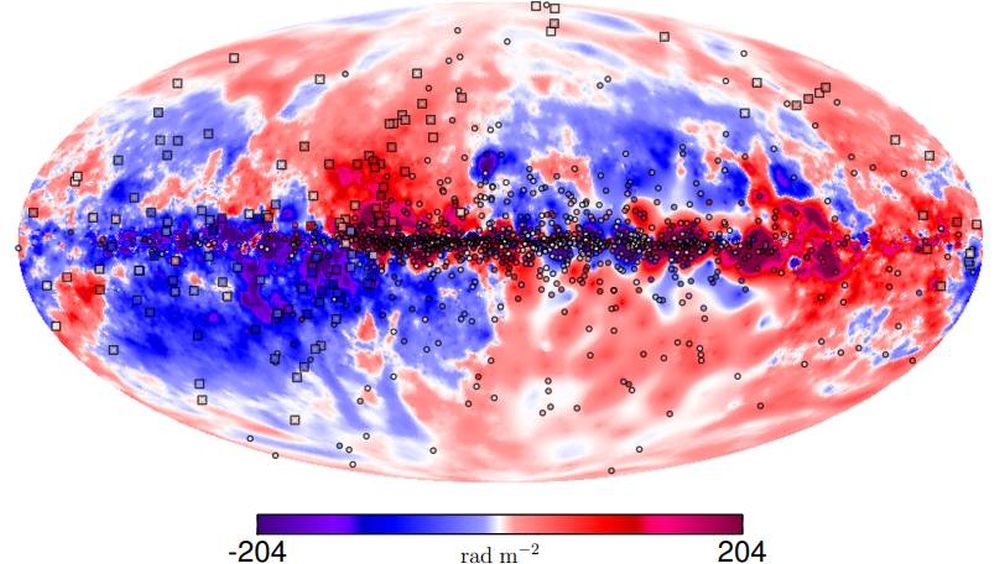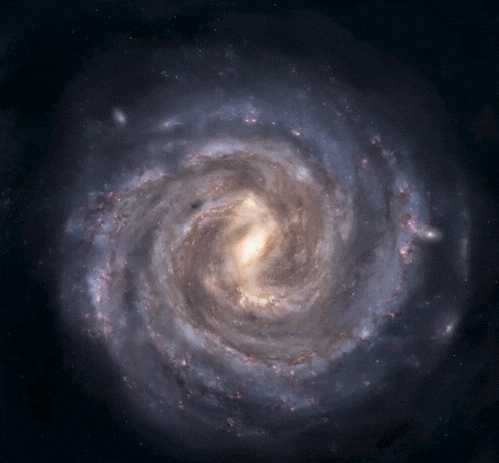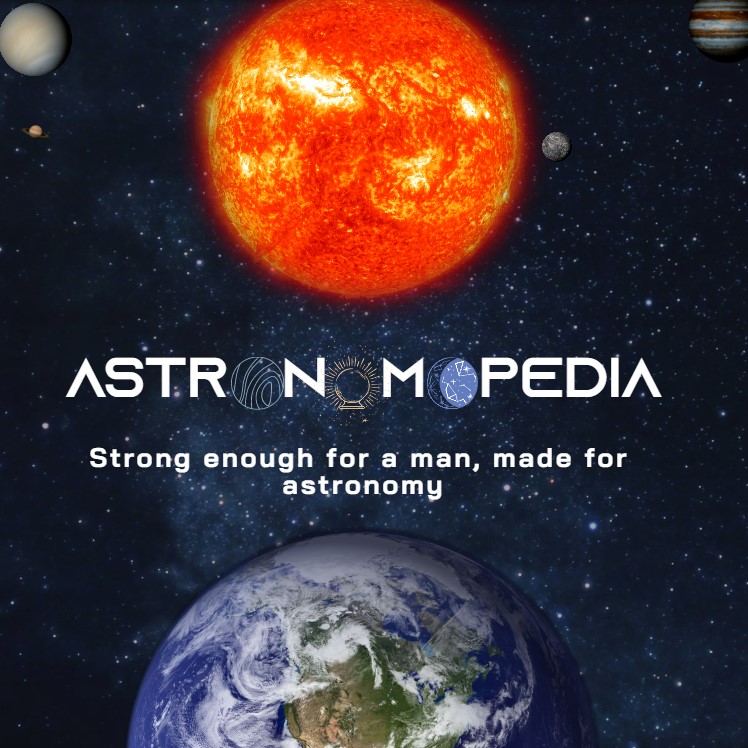

Milky way

What is Milky way?
The Milky Way is a vast, spiral-shaped galaxy located in the constellation Sagittarius, within which our planet is situated. Comprising at least 100 billion stars, including our Sun, this galaxy forms a breathtaking tapestry of celestial wonders. On a clear, dark night, the Milky Way appears as a radiant band of stars stretching across the sky, captivating stargazers with its stunning beauty.
Morphology
Dimensions
The Milky Way, a vast and majestic spiral galaxy, stretches across an impressive diameter of about 100,000 light-years (approximately 1 quadrillion kilometers or 621 quadrillion miles).
Anatomy
The Milky Way Galaxy exhibits a distinctive and complex anatomy typical of large spiral systems. It comprises six major components that blend seamlessly together:
The nucleus: At the heart of the Galaxy lies a massive black hole surrounded by an accretion disk of high-temperature gas. However, the thick layer of dust shrouding the center makes it challenging to observe at optical wavelengths. This central object, known as Sagittarius A, was detected at radio wavelengths.
The bulge: Enveloping the nucleus, a large and nearly spherical bulge consists mainly of stars, contributing to the Galaxy's central structure.
The disk: The most prominent feature of the Milky Way, the disk extends approximately 100,000 light-years beyond the nucleus. It showcases a dense arrangement of stars and gas clouds across its entire surface.
The spiral arms: Though difficult to observe optically due to interstellar dust and the solar system's interior position, radio maps of neutral hydrogen or molecular clouds reveal the spiral structure with more clarity.
The spherical component: Extending above and below the disk, a thinly populated extension of the central bulge occupies this space. Within it, numerous globular clusters coexist with individual field stars.
The massive halo: Surrounding the visible part of the Galaxy is a giant halo, the least understood component. The existence of the halo is evident through observations of the Galaxy's outer rotation curve. Several times more massive than the rest of the Galaxy combined, the halo extends over 100,000 light-years from the center.
Stellar populations
There are two main types of stellar populations in the Milky Way: the Galactic Halo and the Galactic Disk. The Galactic Halo is an ancient population of stars that surrounds the central region of the galaxy. These stars are generally older, metal-poor, and follow more random and elongated orbits. The Halo likely contains some of the oldest stars in the Milky Way, remnants from the early stages of galaxy formation.
On the other hand, the Galactic Disk is a relatively younger and more dynamically active population of stars found mainly in the disk-shaped region of the galaxy. This population includes stars like our Sun, which are younger and have higher metal content compared to the Halo stars. The Disk stars generally move in more circular orbits around the galactic center, creating the spiral arms observed in the Milky Way.
Spiral arms
Spiral arms are prominent features observed in many spiral galaxies, including the Milky Way. These arms are regions of enhanced star formation, gas, and dust density that appear as graceful, winding structures extending from the galactic center. The Milky Way’s spiral arms are a key characteristic of its morphology, contributing to its striking appearance as seen from Earth.
The exact mechanism behind the formation and maintenance of spiral arms is still an active area of research in astrophysics. One prevailing theory suggests that the arms are a result of density waves propagating through the galactic disk. As stars and gas move through these density waves, they experience compression, triggering the formation of new stars. This process creates the bright, young stars that we see lining the spiral arms.
It’s essential to note that the spiral arms are not rigid structures; instead, they are dynamic and subject to various forces that can alter their appearance over time. Stars and gas clouds move in and out of the arms as they orbit the galactic center, leading to a continuous evolution of the spiral pattern.
Physico-chemical properties
In terms of its physico-chemical properties, the Milky Way primarily consists of various elements. The composition is predominantly composed of Hydrogen (739,000 ppm, which means for every million parts of the Milky Way's mass, 739,000 parts are Hydrogen) and Helium (240,000 ppm). Together, these two elements make up the vast majority of the galaxy. Additionally, the Milky Way contains smaller amounts of other elements, including Oxygen (10,400 ppm), Carbon (4,600 ppm), Neon (1,340 ppm), Iron (1,090 ppm), Nitrogen (960 ppm), Silicon (650 ppm), Magnesium (580 ppm), and Sulfur (440 ppm). Each of these elements contributes to the diverse array of materials and structures within the Milky Way.
Age
The estimated age of the Milky Way is approximately 13,600,000,000 years.
Force fields

Magnetic field
The Milky Way galaxy is believed to have a magnetic field of approximately 0.1 nanoTesla, which is about 100 times weaker than Earth's magnetic field. This magnetic field consists of two basic components: a large-scale pattern that follows the shape of the galaxy, and a small-scale random pattern.
Gravitational force
Gravitational force plays a fundamental role in shaping the structure and dynamics of galaxies, including the Milky Way. This force arises from the mass distribution within a galaxy, pulling objects towards its center. The Milky Way's mass is not uniformly distributed, and thus, the gravitational force experienced by objects can vary across different regions of the galaxy.
The gravitational force within the Milky Way governs the motion of stars, gas, and other celestial objects. It keeps stars bound within the galaxy's disk and determines their orbital velocities around the galactic center. In regions with denser concentrations of matter, the gravitational force is stronger, influencing the motion and behavior of stars and gas in those areas.
Motions

Rotation
The Milky Way galaxy completes one rotation at a speed of about 270 kilometers per second (168 miles per second), and it takes approximately 200 million terrestrial years to complete a full rotation.
Galactic collisions
Galactic collisions are fascinating astronomical events that occur when two galaxies come into close proximity and interact gravitationally with each other. These collisions are a common occurrence in the vast cosmos, and the Milky Way, our home galaxy, is no exception. One of the most significant and well-known galactic collisions involving the Milky Way is its impending encounter with the Andromeda Galaxy.
Currently, the Milky Way and Andromeda are hurtling towards each other at tremendous speeds, driven by their mutual gravitational attraction. The gravitational force of Andromeda on the Milky Way has been estimated to be approximately F = 2.4 × 10³⁰ kg. While the collision itself is a slow process on a cosmic timescale, spanning billions of years, astronomers predict that the two galaxies will eventually merge into a single, larger galaxy.
Galactic collisions have a profound impact on the structure, evolution, and dynamics of the merging galaxies. The gravitational forces at play can distort the galaxies' shapes, trigger the formation of new stars, and create tidal tails and bridges of stars and gas. As galaxies merge and interact, their central black holes may also spiral towards each other, potentially leading to a dramatic black hole merger.
Author: William Homier
Editor: William Homier
Sound credit goes to Ordo Science & Tech.
This page was last edited on 29 July 2023, at 14:19 (HAE).
Sources:

